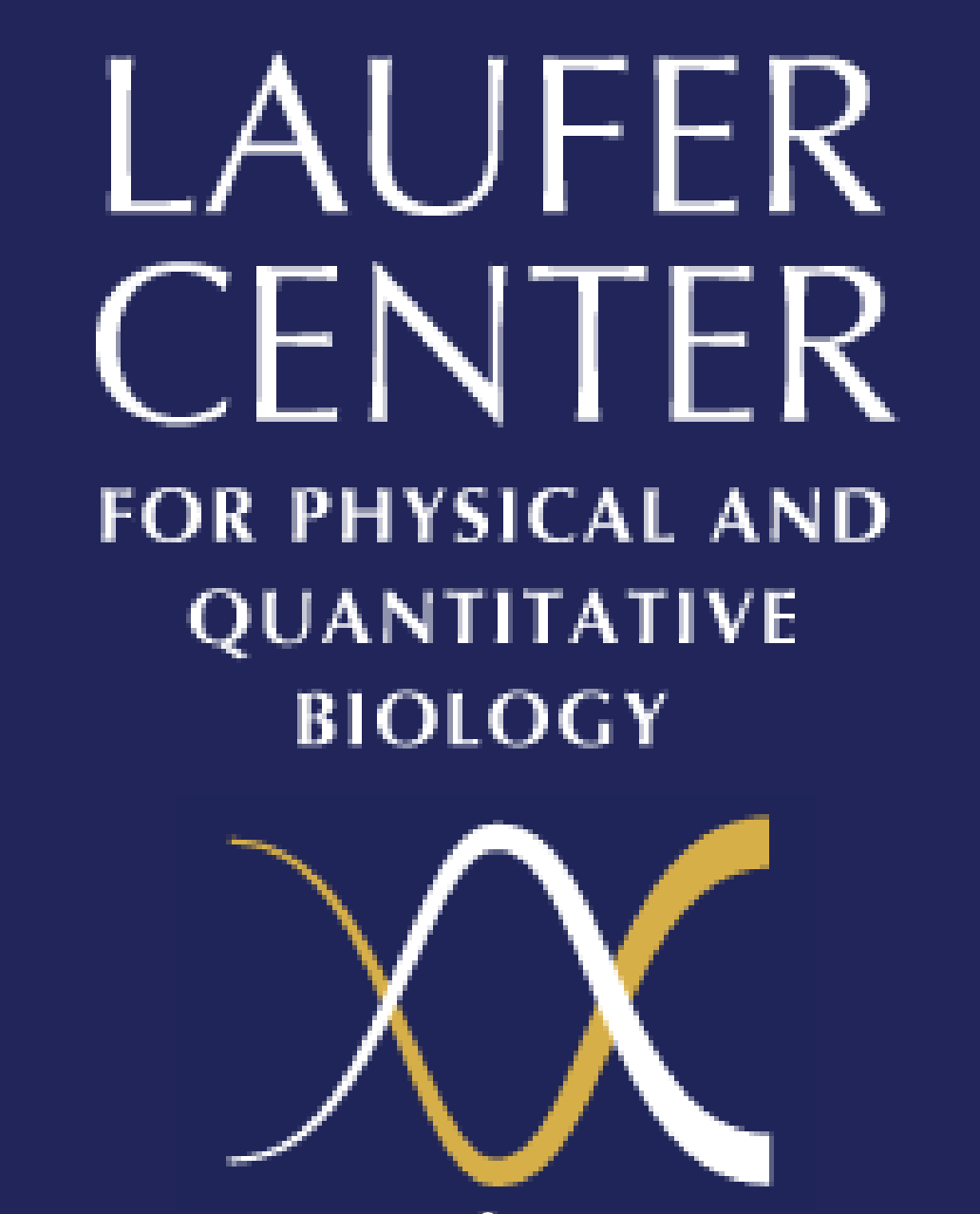Events Calendar
The discovery that the C helix of Bacteriorhodopsin exhibits spontaneous, pH-dependent insertion to form a helix across lipid bilayers has led to the use of related peptides, pHLIPs (pH (Low) Insertion Peptides),to study peptide insertion across bilayers,to selectively target cargoes to tumors and other acidic tissues in vivo, and to deliver molecules across the plasma membranes of living cells.
Because pHLIP is unfolded on the surface of a bilayer and folding is pH-triggered, we are able to begin to observe and understand the molecular events that accompany the insertion and folding of a peptide entering a bilayer. When the pH is dropped, it is found that a helix forms rapidly on the bilayer surface, followed by a slow insertion across it in several kinetically distinct steps. The exit pathway when the pH is suddenly raised is more rapid,and includes partial unfolding of the helix while still in the bilayer. Lipid composition and sequence features affect the insertion pK and pathway intermediates.
pHLIPs target acidic tissues in vivo, where the transmembrane insertion stabilizes them in cells, enabling targeting of imaging and therapeutic agents. We have shown targeting of dyes, radioisotopes, nanogold and Peptide Nucleic Acids (PNAs) to tumors in mice, and will report on the use of PNAs to target the suppression of onco-micro RNAs, resulting in
tumor growth inhibition in vivo.


